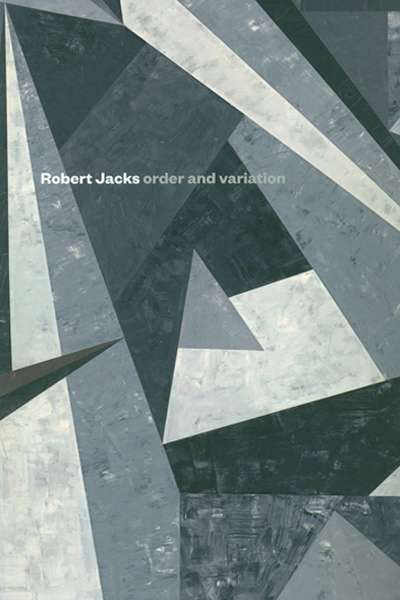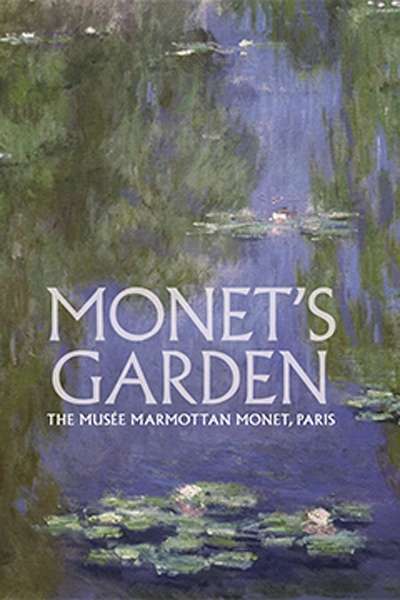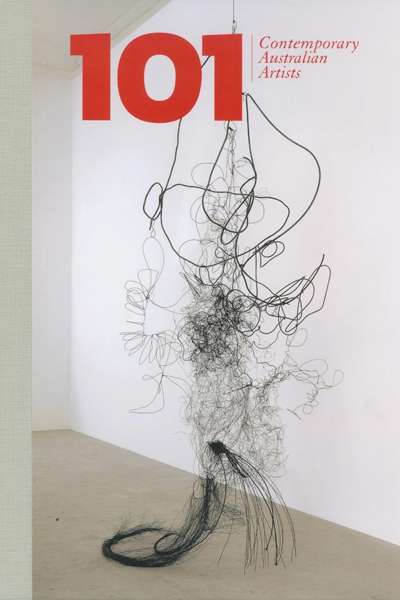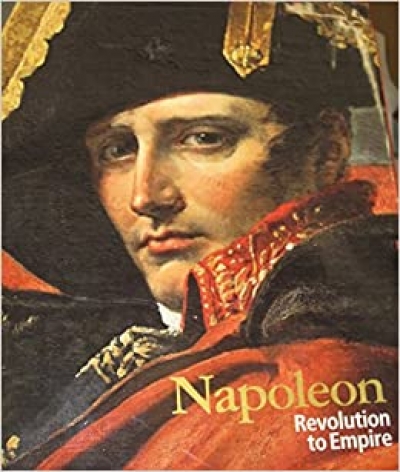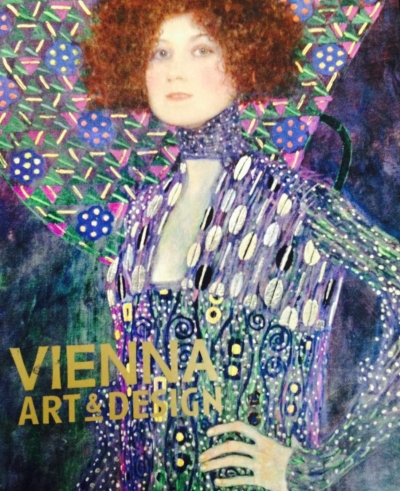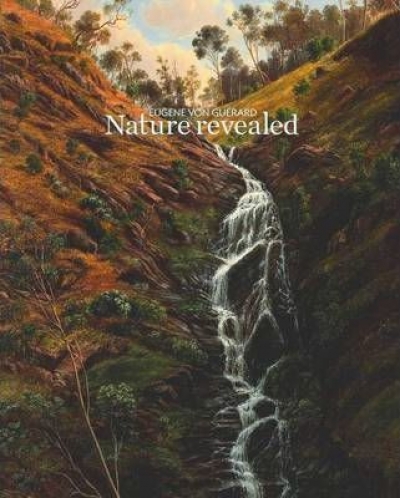National Gallery of Victoria
Andrew Nette reviews 'Transmission: Legacies of the Television Age' (NGV)
by Andrew Nette •
15 June 2015
... (read more)
Monet’s Garden: The Musée Marmottan Monet, Paris edited by Marianne Mathieu et al.
by Mark Dober •
Art Journal of the National Gallery of Victoria, 50th Edition edited by Isobel Crombie and Judith Ryan
by Jane Clark •
Vienna: Art and Design: Klimt, Schiele, Hoffmann, Loos by Christian Witt-Dörring et al.
by Andrew Montana •
Twenty years ago, when I was at the Wadsworth Atheneum in Hartford, I heard of an Arthur Boyd exhibition in SoHo. Recklessly, without seeing the show, I urged my American friends to see one of Australia’s foremost contemporary painters. The gallery, unknown to me, turned out to be small and unimpressive. There were five or six late paintings, including one of those large, multi-figured bathers, with that disconcerting quality of Boyd at the end of his career, both slapdash and commercial at the same moment. ‘So this is what contemporary Australian painting looks like?’ my companion asked ironically, just within the bounds of good manners.
... (read more)

